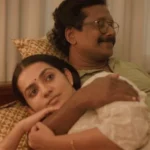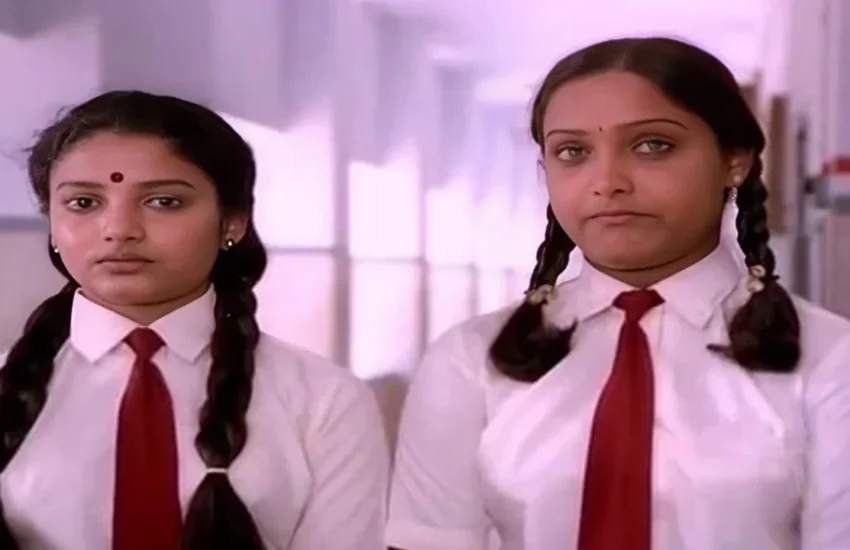The Great Indian Kitchen Had Flavor—Did Mrs Lose the Spice?
Remakes often walk a fine line between paying homage to the original and adapting to a new cultural landscape. Mrs, directed by Arati Kadav, is the latest to take on this challenge, reinterpreting The Great Indian Kitchen (TGIK), a film that left an indelible mark with its raw and unsettling portrayal of gender roles in a patriarchal household. While Mrs successfully translates many elements, it also misses out on some of the nuances that made TGIK an unforgettable experience.
Cultural Adaptation Done Right
One of the biggest concerns with remakes is whether they retain the soul of the original or become mechanical, scene-by-scene recreations (looking at you, Loveyappa!). Thankfully, Mrs avoids that trap. It adapts the story thoughtfully, making changes to suit its Hindi-speaking audience while preserving the film’s core message. However, some of these changes impact the depth and universality that made TGIK so impactful.
The Protagonists in Mrs vs TGIK
The most noticeable difference is in the way the female lead is portrayed. In TGIK, Nimisha Sajayan’s character is a newlywed who is utterly innocent in the face of her new reality. She struggles to adjust, but her approach is one of quiet observation—she is trying to understand the world around her while slowly recognizing the injustice she is subjected to.

On the other hand, Mrs gives us Richa, played by Sanya Malhotra, who is more self-aware from the start. She knows that what’s happening is wrong but continues to endure it for the sake of her marriage—until she reaches her breaking point. This shift in characterization alters the emotional journey. While both performances are strong, Richa’s experience feels less like a slow revelation and more like a reluctant endurance.
Where TGIK Had the Upper Hand
While Mrs sticks to the overarching theme, it loses some of the subtlety that made TGIK so unsettling. TGIK depicted a deeply universal experience—one that resonated with women across cultures. It wasn’t just about one woman’s suffering; it was about a system that dictates women’s lives in ways both overt and insidious.
TGIK also explored the additional layer of religion—how patriarchy is often reinforced under its guise. This aspect is absent in Mrs, likely due to the current socio-political climate in Hindi cinema, where such subjects often invite backlash. That said, the absence of this layer does make the film feel less layered and comprehensive in its critique.
Another major difference lies in how the male characters are written. In TGIK, Suraj Venjaramoodu’s character is more than just an inconsiderate husband—he is a hypocrite. Outside the home, he presents himself as an intellectual, a progressive thinker, but behind closed doors, he asserts dominance, expecting his wife to cater to his every need. He even manipulates her into apologizing for mildly teasing him, revealing a narcissism that many men in patriarchal societies possess.
In Mrs, Nishant Dahiya’s Diwakar is a different kind of problematic—he is not cunning but merely ignorant. He is a man-child rather than a covert oppressor.
The difference is evident in the portrayal of the mother-in-law as well. In TGIK, she is an intelligent woman who has made peace with the deeply unfair expectations imposed on her. She understands the injustice but has resigned herself to it, subtly advising the protagonist to do the same. This adds complexity to her character—she is both a victim and an enforcer of the system.
One scene, in particular, highlights this—when she visits her pregnant daughter, we see her in a slightly more modern household, wearing a churidar and using a mixie. These tiny but impactful details show the spectrum of oppression—how even a small improvement in circumstances can provide some relief. Mrs lacks these details, making the mother-in-law character feel less fleshed out.
The Realism Factor – The Major Miss

One of TGIK’s greatest strengths was its realism. The film never exaggerated its message—it simply invited the audience into the protagonist’s life and let the oppression speak for itself. The exhaustion felt real, reflected in the protagonist’s unkempt hair, wrinkled clothes, and weary expressions. Mrs, on the other hand, often feels like it is actively trying to make the audience see the suffering rather than letting them experience it naturally. Even during the kitchen sequences, Richa looks put-together despite the toiling, which takes away from the visceral impact that TGIK had.
The SIFF Controversy and Backlash for Mrs
A curious difference between the two films is in how they were received. TGIK sparked widespread discussion, as it touched on issues deeply ingrained in society. However, it never faced accusations as absurd as what Mrs is currently dealing with. The Save Indian Family Foundation (SIFF) has labeled Mrs as “extreme feminist propaganda” that portrays men unfairly.
This claim is not just unfounded but also harmful—it attempts to derail important conversations about gender roles and the everyday injustices women face. If anything, the backlash against Mrs highlights just how necessary films like these still are. It has ruffled the feathers of those men who are the flagbearers of such patriarchal impositions.
Mrs is a Good Remake, But…
As far as remakes go, Mrs is a respectable effort. It’s not a soulless, mechanical recreation but a well-intentioned adaptation. However, when compared to TGIK, it does miss out on some of the nuances that made the original a masterpiece. The simplification of certain characters and the intentional messaging take away some of the realism that made TGIK so powerful.
That said, if viewed in isolation, Mrs is still a well-crafted film with a strong central performance by Sanya Malhotra. It serves as an important story about gender roles, even if it doesn’t pack the same gut punch as its predecessor. The fact that it has sparked conversation—however misguided some of the criticism may be—proves that its message still resonates.
Mrs is now streaming on Zee5

I can’t stop talking about films, so I blog!
I started The FourthWall, my film blog, to share my thoughts on films and shows with fellow movie buffs, and over the years it has become my happy place. Come join in for some interesting conversations on cinema… and sometimes books and fashion!








